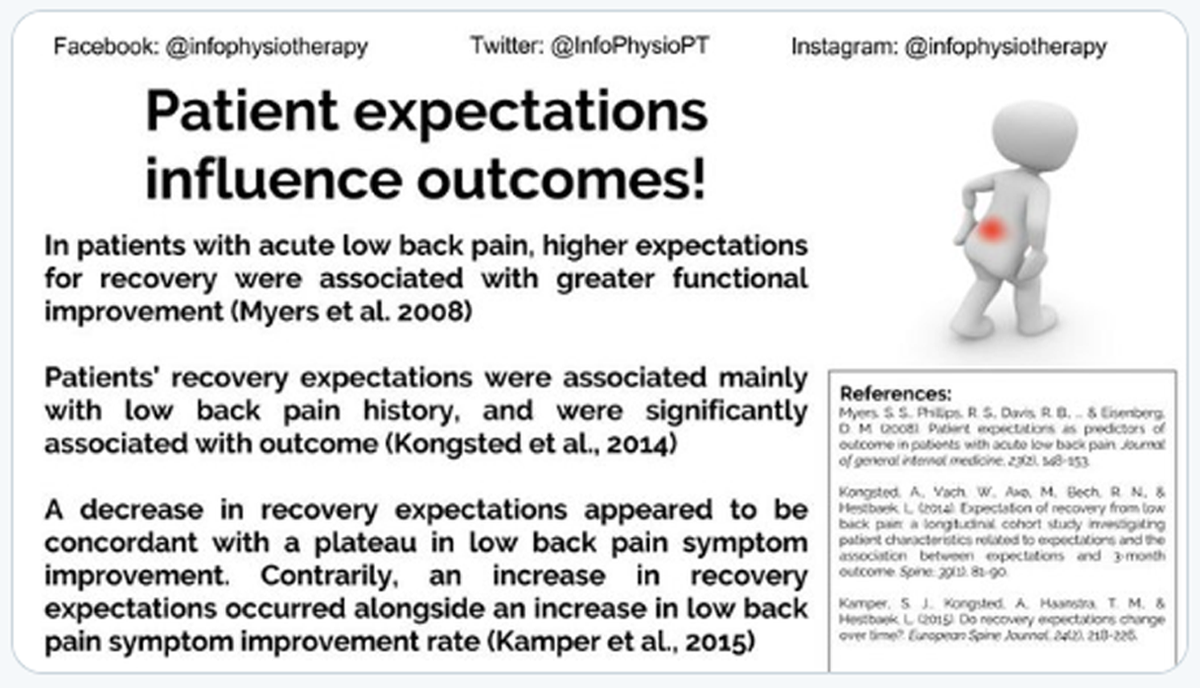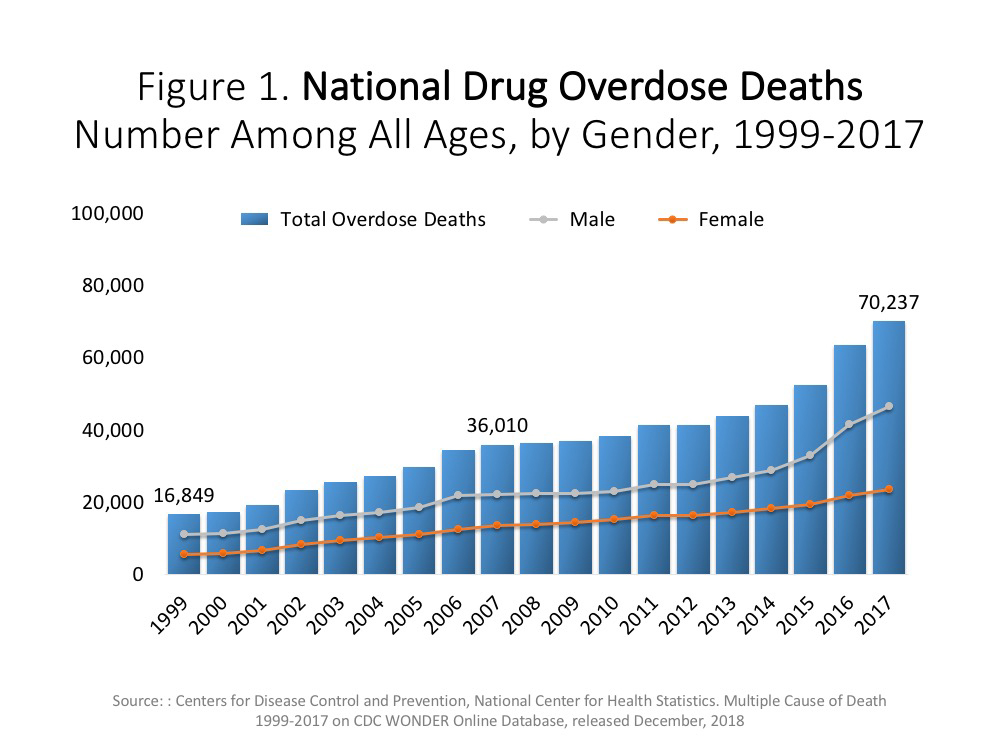Patient Expectations of Benefit from Common Interventions for Low Back Pain and Effects on Outcome: Secondary Analysis of a Clinical Trial of Manual Therapy Interventions
SOURCE: J Man Manip Ther. 2011 (Feb); 19 (1): 20–25
Mark D Bishop, Joel E Bialosky & Josh A Cleland
Department of Physical Therapy,
University of Florida, USA.
OBJECTIVES: The purpose of this secondary analysis was 1) to examine patient expectations related to a variety of common interventions for low back pain (LBP) and 2) to determine the influence that specific expectations about spinal manipulation might have had on self-report of disability.
METHODS: We collected patients’ expectations about the benefit of specific interventions for low back pain. We also collected patients’ general expectations about treatment and tested the relationships among the expectation of benefit from an intervention, receiving that intervention and disability-related outcomes.
RESULTS: Patients expected exercise and manual therapy interventions to provide more benefit than surgery and medication. There was a statistical association between expecting relief from thrust techniques and receiving thrust techniques, related to meeting the general expectation for treatment (chi-square: 15.5, P = 0.008). This was not the case for patients who expected relief from thrust techniques but did not receive it (chi-square: 6.9, P = 0.4). Logistic regression modeling was used to predict change in disability at treatment visit 5. When controlling for whether the general expectations for treatment were met, intervention assignment and the interaction between intervention assignment and expectations regarding thrust techniques, the parsimonious model only included intervention as the significant contributor to the model (P < 0.001). The adjusted odds ratio of success comparing thrust techniques to non-thrust in this study was 41.2 (11.0, 201.7).
There are more articles like this @:
Patient Expectations of Relief
a subsection of our
Chiropractic and Spinal Pain Page
DISCUSSION: The findings of this secondary analysis indicate that patients seeking intervention for LBP expect active interventions and manual therapy to significantly help improve their pain more than interventions like traction, rest, surgery, or medication. Additionally, in patients who meet the clinical prediction rule for good prognosis when managed with thrust techniques, treating with thrust techniques is more important than matching treatment to patient expectation.
KEYWORDS: Expectations; Low back pain; Spinal manipulation
From the FULL TEXT Article:
Introduction
Patient expectations, in the healthcare setting, are a set of beliefs regarding treatment and clinical outcomes associated with that treatment. These beliefs include what the patient wants to happen during treatment (ideal expectation), what the patient believes is going to occur (predicted expectation), and what the patient thinks should occur (normative expectation). [1]
Patient expectations are influenced by a range of individual demographics (sex, [2-4] education level, [2, 4] age, [2, 3] and race [3]) and psychological (fear [5] and depression factors [4, 5]), as well as prior experiences of the patient.
A recent systemic review of patient expectations indicates that these expectations are related to a wide variety of different outcomes ranging from medication use to distance walked after surgery for conditions ranging from alcoholism to musculoskeletal pain conditions. [6] In patients with low back pain (LBP), associations between expectations and functional outcome have been shown in several studies. [7, 8]
For example, Myers et al. tested whether expectations for recovery from acute LBP measured at the initial evaluation were related to self-report of disability in patients participating in a trial comparing usual medical care to a combination of usual care and complementary and alternative medicine interventions (chiropractic, acupuncture, or massage). In that study, the general expectation for improvement was associated with improvements in self-report of disability at 5 and 12 weeks after beginning treatment. [8]
In a different trial of interventions for LBP, participants with higher expectations for the treatment they received had greater improvements in reported function, that is, improvement was dependent on whether the patient expected the treatment to help regardless of which treatment the patient received. [7]
This evidence suggests that incorporation of patient expectations into an evidence-based plan of care can potentially improve the outcomes related to that care. Recent work in manual therapy research has examined factors that are associated with favorable prognosis for patients managed with manual therapy. [9-13] However, despite the potential influence of expectation, these have not been routinely assessed in the literature assessing manual therapy outcomes. In this current study, we performed a secondary analysis of data from a randomized controlled clinical trial of interventions for LBP comparing two types of manual therapy: a thrust technique characterized by high velocity low amplitude movements (stress management training, SMT) and a non-thrust technique of lower velocity. [14]
Read the rest of this Full Text article now!





Leave A Comment